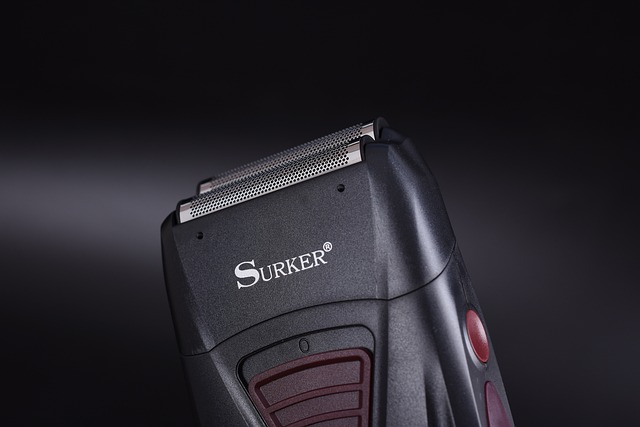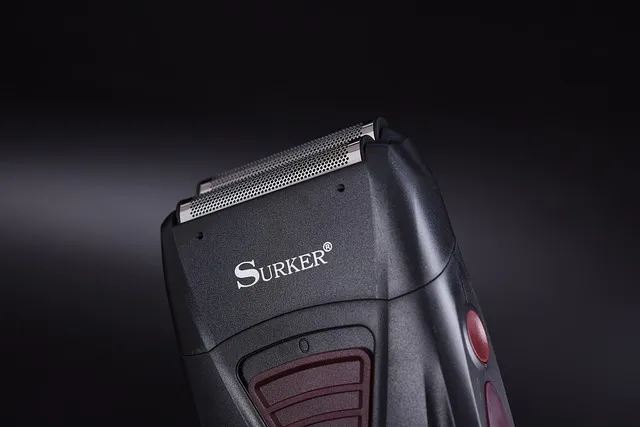How Do Different Fabric Types Affect Dryer Energy Consumption?
Think of your dryer as a hardworking chef, and fabrics are the ingredients. Just like some ingredients cook faster than others, some fabrics dry quicker, saving energy in the process. For instance, lightweight materials like cotton and polyester generally dry faster than heavier ones. So, if your load is full of towels and thick sweaters, you’re using more energy to get them dry. It’s like trying to cook a big, thick roast compared to a quick stir-fry—more time and heat required for the roast!
On the flip side, fabrics like microfiber and moisture-wicking sportswear are designed to dry faster. These materials are often more energy-efficient because they don’t hold onto as much water. It’s similar to the difference between a sponge and a towel: a sponge holds more water and takes longer to dry out, while a towel dries off quickly. By mixing in these quicker-drying fabrics with heavier items, you can potentially reduce your dryer’s energy consumption.
Additionally, fabric blends can be a bit of a mixed bag. Blended fabrics, like those combining cotton with synthetic fibers, often have varied drying times. These blends might require a bit more energy than purely synthetic fabrics but usually less than heavy cotton or wool.
So, next time you’re tossing laundry into the dryer, remember that the type of fabric can significantly influence how much energy you use. By understanding these fabric differences, you might find simple ways to trim down those utility bills while still keeping your clothes fresh and dry.
Fabric Face-Off: How Your Laundry Choices Impact Dryer Energy Use
Think of your dryer as a hungry beast. Different fabrics feed it differently. For instance, towels and heavy blankets are like a big steak—they require more energy to cook thoroughly. On the flip side, lighter fabrics like t-shirts or thin pajamas are like a quick snack, needing less energy to get the job done.
When you overload your dryer with thick, heavy fabrics, it’s not just struggling to dry them evenly; it’s also burning more energy. It’s akin to trying to cook a massive meal with a tiny pan—it just takes longer and uses more fuel. On the other hand, smaller, lighter loads can be dried quickly and efficiently, making them the ultimate energy savers.
Also, fabric type matters. Cotton is a notorious energy guzzler because it absorbs moisture like a sponge. Synthetic fabrics, however, dry faster and need less energy. Imagine cotton as a sponge soaking up every bit of water, while synthetics are more like a water-repellent jacket that dries off quickly.
So, if you want to cut down on those energy bills, it’s smart to sort your laundry by fabric type and weight. Dry similar items together to keep your dryer running efficiently and your energy costs down. Every little choice counts when it comes to being kind to both your wallet and the environment.
From Cotton to Synthetics: The Surprising Ways Fabric Types Influence Dryer Efficiency
First off, cotton—everyone’s favorite everyday fabric. It’s super absorbent, which means it holds onto water like a sponge. When you toss cotton clothes in the dryer, they take longer to dry because the dryer has to work harder to evaporate that water. Think of it like trying to dry a soggy towel with a hairdryer. It’s slow and energy-intensive.
Now, let’s talk synthetics, such as polyester or nylon. These fabrics are like the speedy cheetahs of the drying world. They dry much faster because they don’t absorb as much water as cotton. Imagine them as a towel that’s barely damp—less water means less time in the dryer. This efficiency can save you time and cut down on your energy use.

Interestingly, fabric blends fall somewhere in between. A mix of cotton and synthetic fibers can give you the best of both worlds. They dry faster than pure cotton but still offer that soft feel you love. It’s like having a well-balanced team where everyone plays their part efficiently.
So, next time you do laundry, consider how different fabrics might be influencing your dryer’s performance. A simple switch might lead to surprising improvements in how quickly and efficiently your clothes get dry.
Energy-Efficient Drying: Why Fabric Matters More Than You Think

Let’s dive into why fabric matters. Imagine you’re cooking two dishes: one in a non-stick pan and one in a regular pan. The non-stick pan heats up faster and cooks more evenly. Similarly, fabrics like microfiber or cotton with low-density weave dry faster because they let moisture evaporate quickly. On the other hand, heavy fabrics like towels or fleece act like those regular pans; they take their sweet time because they hold onto water more stubbornly.
You might be wondering, “What’s the big deal about drying time?” Well, here’s the scoop: longer drying times mean more energy consumption. So, if you’re tossing in a load of heavyweight towels along with a few quick-drying tees, your dryer has to work harder and longer, munching up more energy and, of course, running up your utility bill.
But wait, there’s more. The type of fabric also influences how effectively your dryer works. Fabrics that hold moisture longer can cause your dryer to overheat, leading to potential damage or reduced efficiency. Plus, if you’re using a drying rack or line-drying, lighter fabrics like linen will naturally air-dry faster, which means less waiting around.
In short, fabric choice isn’t just a matter of style—it’s crucial for optimizing your energy use and saving money. Next time you sort your laundry, think about how each fabric will impact your drying routine. It’s a small change that could make a big difference in your energy bills and overall efficiency.
The Hidden Costs of Your Laundry: How Different Fabrics Affect Dryer Energy Bills
Let’s dive into how different fabrics impact your dryer energy bills. Picture this: you throw a load of heavy towels and lightweight shirts into your dryer. Now, the dryer has to work overtime to dry those thick towels thoroughly, consuming way more energy. It’s like trying to dry a sponge compared to a handkerchief—the sponge takes far more effort, right?
Heavy fabrics, such as towels and jeans, are notorious energy hogs. They hold onto moisture longer and require more heat to get dry. Conversely, lighter fabrics, like t-shirts or bed linens, dry much quicker and more efficiently. This discrepancy means that mixing heavy and light items in the same load could lead to inefficiency. The dryer heats up to tackle the big items and ends up over-drying the lighter ones.
Moreover, synthetic fabrics, while often drying faster than cotton, can also add to your energy bills if not managed well. They tend to retain static and may require additional cycles or fabric softeners, which means more dryer time and, you guessed it, higher energy costs.
So, the next time you load your dryer, think about the fabrics you’re tossing in. It’s like cooking a meal: if you throw everything into one pot without considering how long each ingredient needs, you’ll end up with uneven results. Similarly, separating your laundry by fabric type can help streamline the drying process, saving you both time and money.
Dryer Dynamics: Comparing Energy Consumption Across Popular Fabric Types
First off, let’s talk about cotton. It’s the heavyweight champion of the laundry world. Cotton fabrics, whether they’re your cozy towels or comfy shirts, have a high water absorption rate. This means they hold onto moisture longer and require more heat to dry thoroughly. The dryer has to work harder, using up more energy in the process. Imagine trying to dry a sponge compared to a piece of paper—cotton is definitely the sponge.
On the flip side, polyester and other synthetics are like the lightweight athletes of the laundry room. They don’t absorb as much water, which means they dry faster and more efficiently. When you toss a polyester shirt into the dryer, it’s like putting a thin, dry cloth in there compared to a soggy sponge. This efficiency translates to lower energy consumption and quicker drying times.
Then there are blends, a mix of cotton and synthetics. These fabrics can be a bit of a mixed bag. They generally dry faster than pure cotton but not as quickly as 100% polyester. Think of it as a middleweight boxer—more efficient than the heavyweights but not as speedy as the lightweight champs.
So, next time you’re planning your laundry day, remember that the type of fabric you’re drying has a direct impact on how much energy your dryer consumes. By choosing quick-drying materials or adjusting your drying methods, you can save both time and money.
How Your Fabric Choices Can Slash or Spike Your Dryer’s Energy Consumption
Consider the difference between thick towels and lightweight t-shirts. Towels, with their dense fibers, are like a hearty steak for your dryer. They need more heat and time to dry completely. On the other hand, a t-shirt is like a light salad—quick to dry and less taxing on your energy resources. By mixing up your loads and drying similar fabrics together, you help your dryer operate more efficiently.
Let’s talk about fabric types. Synthetic materials, such as polyester or nylon, generally dry faster than natural fibers like cotton. That’s because synthetics don’t absorb as much water. If you’re looking to cut down on energy use, opt for clothes made from these materials. They’ll help you avoid the long drying times associated with cotton, which can be a real energy guzzler.
But there’s more to it than just fabric type. Consider the weight of your fabrics. Heavier items, like bath mats or heavy blankets, trap more moisture and require a lot more energy to dry. If you’re determined to save on energy, try air-drying these heavier pieces or using a lower heat setting.
Also, don’t forget about dryer balls! They’re like little magic wands that help separate your clothes and improve air circulation, which can speed up drying time. With these tricks up your sleeve, you can ensure that your dryer isn’t eating up more energy than necessary.

